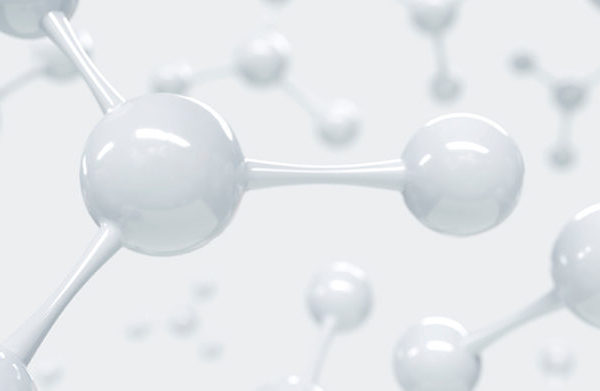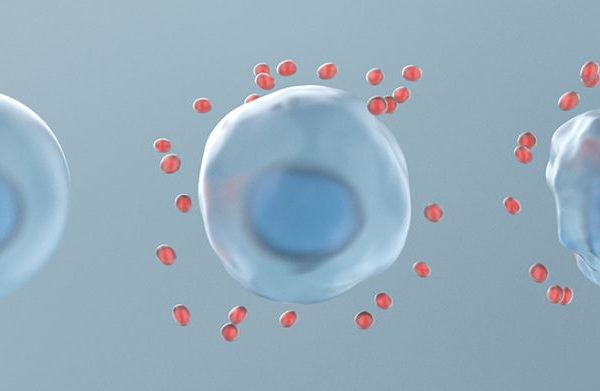
SHA Magazine Health & Beauty
What is oxidative stress and how does it impact health?
Every time we breathe we inhale 20% oxygen. We literally cannot live without it. A small part of this oxygen is transformed within the cell itself into a reactive spice that has oxidative activity. These are called free radicals and their existence, like that of the oxidation process they generate, is fundamental to the balance of the organism.
Once it has fulfilled its function, the free radical tries to stabilise itself by “stealing” an electron from another molecule, which, losing an electron, oxidises and becomes another free radical. This new free radical can steal an electron from another molecule and start a chain reaction. This process permanently changes the structure of molecules and triggers irreversible damage.
But if an antioxidant is present, it can donate an electron to the free radical, stabilising it and stopping the chain reaction. The antioxidant is sacrificed and oxidised in place of the other molecule, becoming a free radical. Unlike most molecules, the antioxidant is able to stabilise the mismatched electron and does not become highly reactive.
Things start to go not so well when antioxidants are not sufficient to counteract the action of free radicals, and what is known as oxidative stress occurs, which increases oxidative activity within the cell and leads to structural and functional change that accelerates ageing and promotes apoptosis or cell death.
Oxidative stress causes tissue deterioration and favours inflammation, thus beginning the development of different serious pathologies, such as cardiovascular diseases or even cancer. It also accelerates skin ageing or the onset of various neurological disorders and degenerative diseases related to ageing.
Scientific and clinical research is accumulating more and more evidence of crucial connections between oxidative stress and inflammatory processes in cardiovascular, rheumatic, degenerative, skin and some cancers. In all of these there is usually a pro-inflammatory state that promotes the development of the disease to its most severe forms.
As we cannot stop breathing or prevent some of the oxygen from oxidising us, the smartest approach is to stimulate the presence of antioxidants in the body that are able to neutralise the action of free radicals and stop the development of the pro-inflammatory environments in which chronic diseases thrive.
Antioxidants come from many sources. Some are produced naturally in the body, and others are in the foods we eat or in supplements. Antioxidants – natural or synthetic – can also be added to foods that do not normally contain them, either to enhance their health value or to preserve food, as antioxidants also prevent oxidation in food.
A healthy diet is the most effective way to get the antioxidants the body needs. Seasonal fruits and vegetables, green leafy vegetables, legumes, vegetable protein and some dried fruits and nuts are all useful sources of antioxidants.
SHA Wellness Clinic has experts who will help you design an antioxidant and anti-inflammatory diet according to your needs, as sometimes marketing exaggerates the antioxidant properties of the so-called ‘superfoods’ and it is advisable to be well advised in a personalised way. It also has advanced treatments to counteract oxidative stress, such as Advanced Cell Regeneration therapy, ozone therapy, Antioxidant serum therapy, among other innovative technologies





